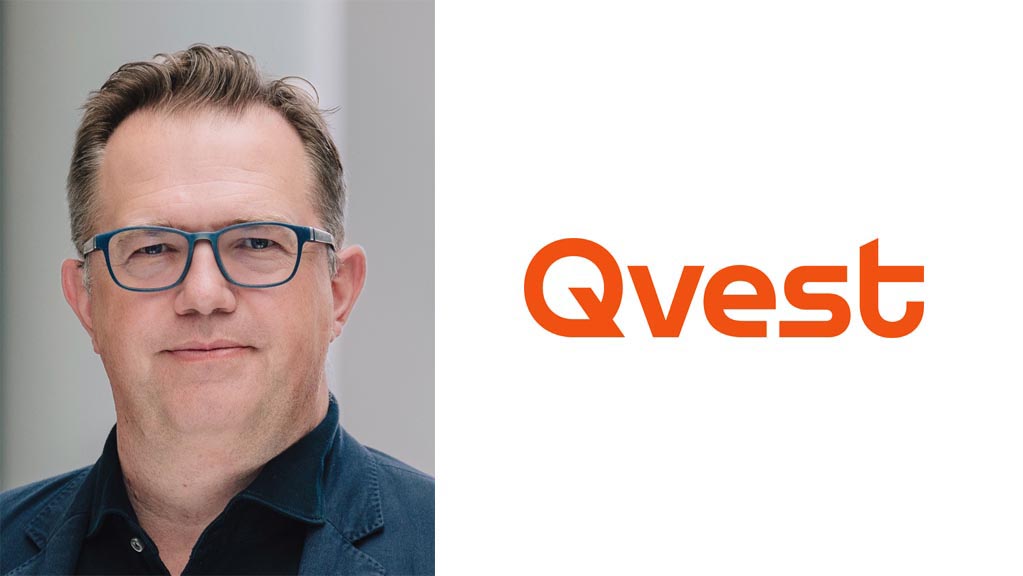Smaller stations still haven’t figured out archiving

These days, every time Mark Siegel, president of Advanced Broadcast Solutions in SeaTac, WA, speaks with a broadcaster that has not organized and repurposed its archives of news footage, he can't believe it. As he sees it, after nearly 10 years of discussion, industry conferences and technology marketing campaigns targeting the value of an asset management category, many stations still don't get it.
ABS is a system integrator that helps its broadcast clients implement all types of technology, from traffic systems to automation and archiving, so Siegel does not have a vested interest in selling archive systems. He just sees a nagging problem and a solution that could bring his clients extra revenue. Of course, if he shows clients how to make more money, his business grows as well.
“Broadcasters need to stop thinking of their digital media assets as disposable — something to discard after they’ve been used once or twice,” he said. “Before, stations used tape for archiving. Now, with file-based workflows, the concept of archiving gets a lot more tricky, as to where the clip is stored and how to find it easily.”
He said larger organizations like the various sports leagues and the major TV networks have done a good job of figuring out how to save and repurpose their material. But local stations are lagging far behind in this respect, even though the cost for implementing media management systems has come down dramatically in the past two years.
“I’m talking about small stations and even the independent stringer who works with a station,” Siegel said. “They've got to archive it and save it in a way that they can find it immediately and therefore get the most value out of it.”
Siegel said he’s puzzled by the fact that stations will do (and spend) whatever it takes to acquire footage — this is news, after all — but spend very little relatively on saving it in a way that it can be easily accessed later.
“Stations will spend $900 an hour for a helicopter to fly over a news scene — then after it’s used on-air that night, it gets tossed aside and left on a shelf or drawer somewhere that is often difficult to find later,” he said, adding that many burn their HD footage to DVD for storage, which degrades the quality and reduces its future value.
The professional video industry's #1 source for news, trends and product and tech information. Sign up below.
Once stations get into file-based production, it often becomes an inefficient way to archive content. For example, it’s not practical to store material on solid-state cards from Panasonic (P2) and Sony (SxS), and the cheaper SDHC cards are hard to store, as they bring the risk of losing them due to their small size. Some use Sony’s XDCAM discs, but organizing and locating those discs is still an issue.
“LTO-4 tapes are still the most dense method of storing footage,” he said, alluding to the fact that LTO-4 tapes offer a native (uncompressed) capacity of 800GB. “That’s what we recommend our clients do. Acquire on solid state, but store on tape. Solid state is still not cost-effective enough to put on a shelf. Yes, SDHC cards cost about the same as a Betacam tape, so there’s value there, but for a news organizations, I’m not sure how they are going to manage having dozens of these small cards laying around.”
ABS has been successful in deploying archive solutions for its clients. One is KHQ, the NBC affiliate in Spokane, WA (owned by Cowles Publishing), which uses an Omneon server and Avid Sundance automation. It also has a Grass Valley Aurora news editing system. Recently, the server was beginning to get full, so archiving to some type of long-term library was critical.
On a daily basis, the station records footage in the field on P2 cards and archives every one of its finished newscasts on data tape, which are stored on a 12TB Qualstar LTO-4 tape library (controlled by an SGL FlashNet system). All of the clips can be browsed on the news staff’s desktops through the Aurora system. The low-res proxies are stored on a nearline Grass Valley K2 server, which then finds the original footage on an LTO-4 tape. The SGL technology moves content between the play-to-air server and an AP ENPS newsroom computer system.
“The hardest part for KHQ was figuring out how to manage the content they have and deciding what is worth saving, both on the short and long term,” Siegel said. “What they found was that the footage they acquire has more value than just for their own needs. They’re sharing footage with other NBC stations and reusing footage in ways they never thought possible before. The value to the stations and to its station group has been tremendous.”
Siegel also said developing a searchable archive makes sense for a station group because it makes each property more valuable. When a potential buyer comes in, they will be more inclined to buy when they see not only the physical property and the size of the audience a station serves, but also the value of the archive as part of the overall sale. The archive could also be sold off separately.
“Stations should never underestimate the intellectual property they own and how valuable it can be if it can be accessed and reused easily,” he said. “If a station is managing its assets, now you have more than just a physical building to sell. With the market as fragmented as it is, broadcasters have got to find new sources of revenue. In the case if the footage they shoot everyday, it’s right under their noses.”
Broadcasters must also be proactive and seek out new revenue streams that can fortify the bottom line. One way for them to do this is to sell or monetize the video they’ve already produced for their newscasts and other local interest programming.
“Stations are too busy thinking about getting the story today and don’t put much effort into how it might be used tomorrow,” Siegel said. “That has to change. A lot of stations are simply not doing anything with their assets. Asset management is more than just a buzzword.”
Siegel emphasizes to his clients that designing and implementing a useful archive is not a technology decision, but a business decision — one that should include engineers, station management and the sales and traffic staff, which has to be trained in how to sell an archive.
A little bit of investment capital and planning could be financially rewarding.
